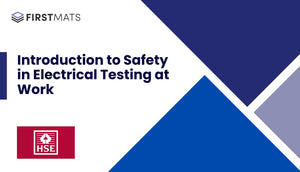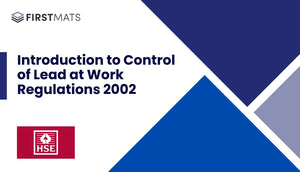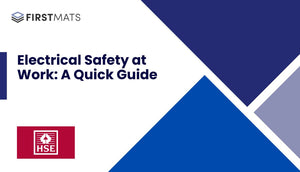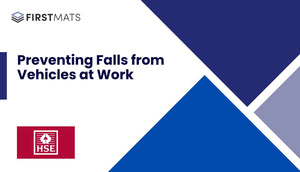Article Index:
HSE Report Executive Summary: A Deep Dive into Work-Related Stress, Anxiety, and Depression in Great Britain, 2022
In this blog post, we will decipher and analyse the information presented in the 2022 Health and Safety Executive (HSE) report on work-related stress, anxiety, and depression in Great Britain. We'll look at essential facts, numbers, and trends, shedding light on the impact of work-related stress on different sectors, age groups, genders and more.
1. A total of 914,000 workers suffered from work-related stress, depression, or anxiety in 2021/22
In the fiscal year 2021/22, work-related stress, depression, or anxiety affected approximately 914,000 workers as highlighted on page 4 of the report. This is a concerning high figure suggestive of the immense pressures faced by people at their workplaces in recent times, particularly under the lingering shadow of the COVID-19 pandemic.
2. There were 17.0 million working days lost due to work-related stress, depression, or anxiety in 2021/22
The report states that around 17 million working days were lost because of work-related stress, depression, or anxiety in the last fiscal year. This reflects a significant effect on productivity and indicates the socio-economic burden imposed by work-related stress.
3. The total prevalence rate is 2,750 cases of stress, depression, or anxiety per 100,000 workers in 2021/22
According to the Labour Force Survey (LFS), the total number of cases in 2021/22 stands at 2,750 per 100,000 workers, showing a high prevalence among the workforce. It calls for proactive measures to bring these numbers down.
4. New cases reported stand at 372,000, an incidence rate of 1,120 per 100,000 workers
The report identifies that 372,000 new cases were reported, an incidence rate of 1,120 per 100,000 workers. This calls for strengthened preventive measures to curtail the growing number of new cases.
5. On average, 18.6 days were lost per case due to work-related stress, depression or anxiety in 2021/22
Data suggests that each case of work-related stress, depression, or anxiety in 2021/22 resulted in an average of 18.6 lost working days, highlighting the long-term effect of these conditions on workers' productivity and overall well-being.
6. Stress, depression or anxiety accounted for 51% of all work-related ill health cases
The report indicates that stress, depression or anxiety accounted for over half of all work-related ill health cases, underscoring the prominence and severity of these conditions in the work environment.
7. Highest rates found in public administration, defence, human health, social work activities and education sectors
The report points out that over the period 2019/20-2021/22, work-related stress, depression or anxiety was most prevalent in sectors such as public administration, defence, human health and social work activities, and education. This could be due to the specific pressures associated with these jobs.
8. Professional and associate professional occupations experience higher rates of stress, depression or anxiety
Higher rates of these conditions were found in professional and associate professional occupations over the period 2017/18-2019/20. This shows that these occupational groups face challenges related to stress management at a higher level compared to other occupations.
9. Females aged 25-54 experienced higher rates of work-related stress, depression or anxiety compared to their male counterparts
The report brings to light a gender disparity indicating that women aged 25-54 had significantly higher rates of these conditions compared to men in the same age bracket over the period 2019/20-2021/22. This might be due to a range of factors including work-life balance issues, career progression stress, or discrimination that demand further research and policy interventions.
10. Medium and large workplaces had higher rates of work-related stress, depression or anxiety
Data from 2019/20-2021/22 suggest that medium and large workplaces had significantly higher rates of these conditions compared to smaller ones. Large-scale organisations may need to focus on stress management strategies, better communication, and employee support to mitigate this.
11. The COVID-19 pandemic was believed to have caused or worsened work-related stress, depression or anxiety for an estimated 452,000 workers in 2021/22
As per the Labour Force Survey, an estimated 452,000 workers felt that the pandemic caused or exacerbated their work-related stress, depression or anxiety conditions. This highlights the massive toll the pandemic has had on the mental well-being of workers.
In conclusion, the HSE report presents a stark picture of the state of work-related stress, depression, and anxiety in Great Britain during 2021/22. The high prevalence of these conditions, compounded by the impacts of the COVID-19 pandemic, emphasises the urgent need for comprehensive strategies and interventions to promote mental health in the workplace.







